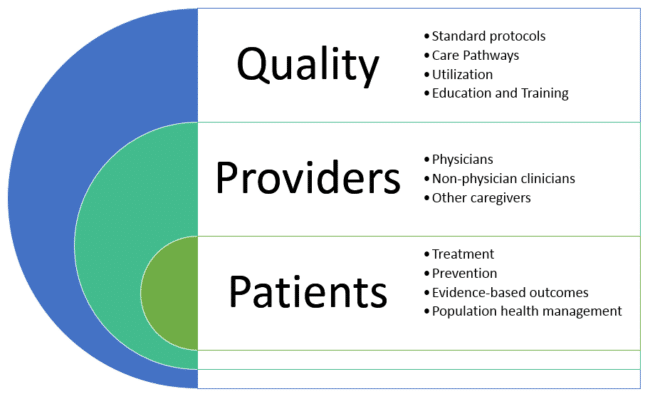When effectively implemented, your corporate business models should directly support operational functions and provide a detailed, step-by-step protocol for hitting milestone deliverables and achieving overall campaign goals. However, many organizations fail to establish a specific set of best practices for all of their primary operations and functions. Whether looking to improve results on existing (sometimes failing) initiatives or launching an entirely new strategic directive, they focus solely on expected end results, assuming they can leverage current people and processes to accomplish corporate objectives.
Create a Business Transformation Framework for Success
Unfortunately, force-fitting current resources into new (or even upgraded) operations, quite often, simply doesn’t work. To stand out in the market, increase output, and optimize ultimate success of any project, it’s essential to develop a customized, detailed business model. When crafting a dynamic business transformation framework, consider these six steps:
1. Develop a Strategic Roadmap
The first step in creating a full set of operational best practices is to determine the roadmap, or specific scope of your initiative. Now is the time to get as detailed as possible in outlining the goal or issue, as well as what you’re ultimately hoping to improve or achieve, and how you’ll get there. Understanding the scale of the initiative provides the foundation for developing a process improvement strategy to accomplish it.
2. Consider Scalability
Savvy organizations recognize the value in developing business frameworks that offer more than one-time strategies, focusing instead on creating full-scope solutions that prioritize scalability. Whenever possible, include processes, practices, and improved workflows designed to grow and expand with your operations.
3. Identify Stakeholders
You’ve determined what you need to do and how you’ll do it – now you’re ready to consider who will actually do it by establishing your list of project stakeholders. Consider going beyond your standard resources by bringing in new staff members or teams as part of your internal champion community. Whether you’re looking to improve results on an existing function or integrating a new process entirely, including different perspectives into the stakeholder mix can bring new dimension and innovation to the final business model framework.
4. Pressure Test
Gauge potential risks, threats, and vulnerabilities of your business model concept before you integrate it across your organization. Allow your new framework to be pressure tested in various scenarios to pinpoint any major outliers before it goes live. Use that champion network to help you!
5. Engage Employees
Process adoption is crucial to the overall success of any internal framework. Work collaboratively with your internal employees (as relevant) throughout the project to encourage user buy-in from within your organization before launch.
6. Establish Tracking, Reporting, and Analytics
The best way to gauge the overall success of any integrated business model is to consistently analyze its results. Develop a dashboard of relevant performance metrics that may include key indicators such as:
– Cost savings
– Increased efficiencies
– Reduced turnaround time
– Improved consumer response
– Product success
Routine reporting establishes stakeholder accountability, pinpoints program weaknesses, and encourages process modifications to drive final initiative value.
Be flexible
There are bound to be bumps in the road when establishing new processes. Listen to your employees and stakeholders, keep your eyes open for opportunities for improvement, and adapt as necessary.
InfoWorks specializes in innovative business model solutions to optimize scalable success across multiple corporate initiatives. Contact us today to learn more!





